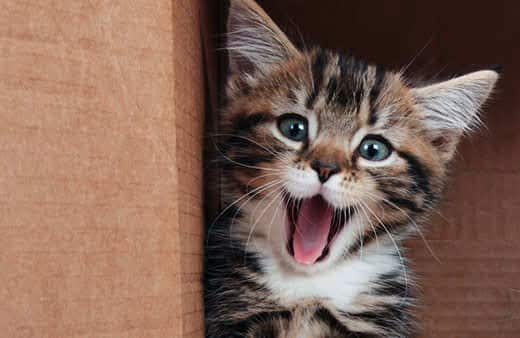
-
Find the right food for your pet
Take this quiz to see which food may be the best for your furry friend.
Find the right food for your pet
Take this quiz to see which food may be the best for your furry friend.
Featured products
 Adult 7+ Perfect Digestion Chicken, Whole Oats & Brown Rice Recipe Dog Food
Adult 7+ Perfect Digestion Chicken, Whole Oats & Brown Rice Recipe Dog FoodScience Diet's breakthrough nutrition supports ultimate digestive well-being & healthy microbiome for dogs age 7+
Shop Now Adult 7+ No Corn, Wheat, Soy Chicken & Brown Rice Dog Food
Adult 7+ No Corn, Wheat, Soy Chicken & Brown Rice Dog FoodSupports energy level and beautiful coat in mature dogs
Shop Now Adult Perfect Weight & Joint Support Chicken Recipe Dry Dog Food
Adult Perfect Weight & Joint Support Chicken Recipe Dry Dog FoodThis weight management and mobility support dog food was created with Hill’s unique understanding of the biology of overweight dogs.
Shop NowFeatured products
 Perfect Weight Salmon & Vegetable Canned Cat Food
Perfect Weight Salmon & Vegetable Canned Cat FoodOver 70% of cats lost weight within 10 weeks when fed this nutrition
Shop Now Adult Perfect Digestion Chicken, Barley & Whole Oats Recipe Cat Food
Adult Perfect Digestion Chicken, Barley & Whole Oats Recipe Cat FoodScience Diet's breakthrough nutrition supports ultimate digestive well-being & healthy microbiome
Shop Now Adult Savory Chicken Entrée Cat Food
Adult Savory Chicken Entrée Cat FoodPrecisely balanced nutrition with the delicious taste of savory minced chicken to help fuel the energy needs of cats during the prime of their life
Shop Now -
Dog
- Dog Tips & Articles
-
Health Category
- Weight
- Food & Environmental Sensitivities
- Urinary
- Digestive
- Joint
- Kidney
-
Life Stage
- Puppy Nutrition
- Adult Nutrition
- Senior Nutrition
Cat
- Cat Tips & Articles
-
Health Category
- Weight
- Skin & Food Sensitivities
- Urinary
- Digestive
- Kidney
-
Life Stage
- Kitten Nutrition
- Adult Nutrition
Featured articles
 Pet Food Storage Tips
Pet Food Storage TipsDiscover how and where to store your dry, as well as canned, dog and cat food. Learn how to find the "best before" dates on all Hill's pet food packaging.
Read More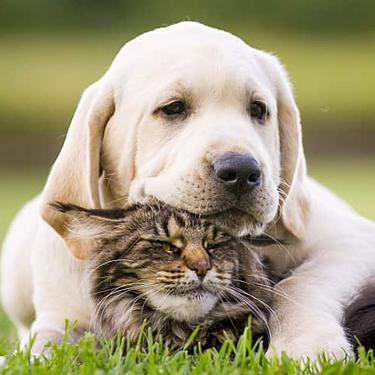 The Incredible Science Behind Your Pet's Microbiome
The Incredible Science Behind Your Pet's MicrobiomeLearn what a pet's microbiome is, how it contributes to your pet's gut & overall health, and why nutrition is important in maintaining healthy microbiomes.
Read More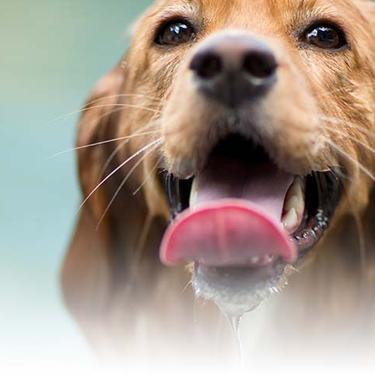 Water
WaterDiscover why water is the most important nutrient for your dog or cat to live a healthy life. Find out how much water your pet should consume each day.
Read More -
Find the right food for your pet
Find the right food for your pet


They look cute, but cat tongues sure don't feel cute. Why are cats' tongues rough and abrasive? What makes them so unique? A cat's tongue is a vital part of a cat's anatomy and a window to their health and wellness.
Cat Tongues: Form and Function
The most distinctive physical feature of a cat tongue is the presence of hundreds of filiform papillae: the tiny, white keratin protein spines that give the tongue its sandpaper-like texture. That's why cat tongues are so rough. Your cat's tongue is covered in those sharp, backward-facing hooks. This feature gives them a hook-like capability to latch onto whatever they're licking, such as a blanket or their pet parent's skin.
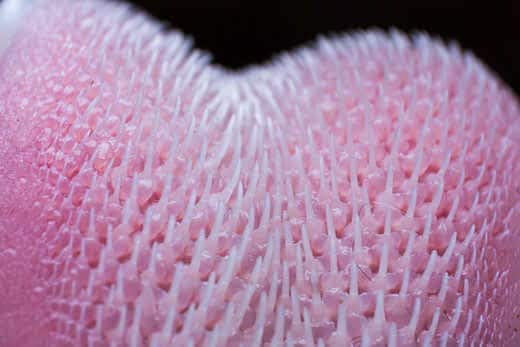
Eating and Drinking
All cats, from the smallest domestic kitten to the largest lion in the savanna, have spiny filiform papillae on their tongues. These spiky papillae assist cats in the wild by wiping clean the bones of their prey and moving the food to the back of their mouths. Even if your cat is served kibble in a fancy dish in your kitchen instead of hunting down dinner in the outdoors, their barbed tongues perform a vital function in the feeding process.
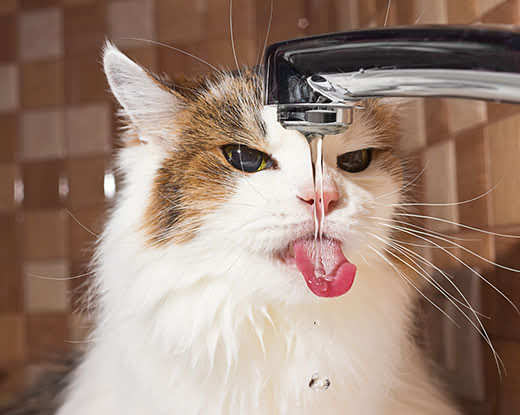
In addition to the presence of so many spiky papillae, the shape of cat tongues are unique compared to other animals, including humans. "The tip of the tongue is curled backward to create a hollow shape that acts like the bowl of a spoon," explains Cats International. Then, a cat "darts" their tongue across the water to create a column of water that the cat catches on their tongue. It's a pretty remarkable and efficient process that uses surface tension. Observe your own cat, and you'll see how they curl up the tip of their tongue to collect water and, once a certain amount of water accumulates (every four or five laps, says Cats International), your kitty will swallow and repeat.
Tasting
Cats have about 473 taste buds compared to humans, who have 9,000, and dogs, who have around 1,700. Cats International notes that cats experience the four basic tastes — sweet, salty, bitter and sour— but their sense of sweet is much, much lower than humans or dogs. Cats are obligate carnivores hard-wired to seek out meaty smells; therefore "sweet" doesn't register as high on their taste receptors. Some cats may seem to enjoy sweet foods, says Cat Health, but they're probably enjoying the fat in the food rather than the sugar. They also have an aversion to bitter tastes, which is why bitter anti-chew sprays can be effective for many cats.
Grooming
Cat tongues are an integral part of a cat's meticulous grooming routine. Those multitasking hooks of papillae spikes work like a built-in comb. With each lick of the tongue, those spikes lift up dust, loose hair, dry skin and other debris. Cats also groom to regulate their body temperature and stimulate circulation. This grooming routine also evenly distributes natural oils through your cat's coat, keeping them looking silky and smooth.
Recently, researchers discovered just how important papillae are to the grooming process. In an article published by the National Academy of Sciences, "Cats Use Hollow Papillae to Wick Saliva into Fur," researchers Alexic C. Noel and David L. Hu explain how the papillae are hollow and shaped like scoops. The papillae "scoops" absorb saliva and distributes it on the fur closest to the skin, allowing a cat to clean hard-to-reach fur and skin and provide more effective cool-down methods.


Tasty Tips
Health and Wellness
Cat tongues also provide insight into your furry friend's health status. A normal cat tongue is pink and dry with no excess saliva. Pay attention to any changes in your cat's tongue, such as the following:
- White patches
- Swelling
- Inflammation
- Cuts or sores
These abnormalities can indicate underlying health issues, which can lead to bigger issues down the road. Drooling, in particular, is not a common behavior for cats and could be a sign of an underlying illness. If you notice any unusual changes to your cat's tongue, including if it hangs out excessively or is accompanied by drooling, contact your vet right away.
Cat Tongue Cuteness
If your cat's tongue is hanging out, it doesn't necessarily mean that there's a problem. Most often, writes Arnold Plotnick, DVM, for Catnip magazine at Tuft University Cummings School of Veterinary Medicine, your cat's tongue is hanging out for harmless reasons and is just one of a cat's many "quirks." Sometimes, cats forget to pull their tongue back into their mouth after grooming, or they are licking their face after dinner or yawning widely right before nap time. These are all great opportunities for silly cat photos, which can be very therapeutic. Research conducted at Indiana University revealed the "emotional benefits" of watching cat videos, and that enjoyment carries over into looking at cute kitty pictures.
Who hasn't melted over an adorable photo of a cat sticking its tongue out? This so-called "power of cute," as the BBC calls it, is magnified when cats stick out their tiny tongues. The next time you observe your kitty smoothing down their fur or drinking from their water bowl, grab your camera and start snapping away!


Christine O'Brien is a writer, mom, and long-time cat parent whose two Russian Blues rule the house. Her work also appears in Care.com, What to Expect, and Fit Pregnancy, where she writes about pets, pregnancy, and family life. Find and follow her on Instagram and Twitter @brovelliobrien.
Related products

Over 70% of cats lost weight within 10 weeks when fed this nutrition

Science Diet's breakthrough nutrition supports ultimate digestive well-being & healthy microbiome
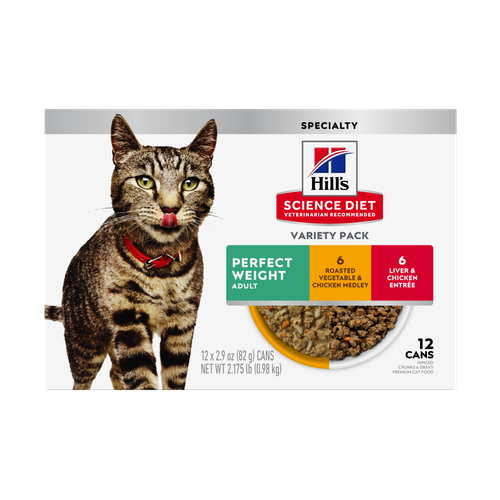
Feline Adult Perfect Weight Variety Pack

Precisely balanced nutrition with the delicious taste of savory minced chicken to help fuel the energy needs of cats during the prime of their life
Related articles

Discover how to identify cat sensitive skin and what you can do to help your cat thrive from head to paw.
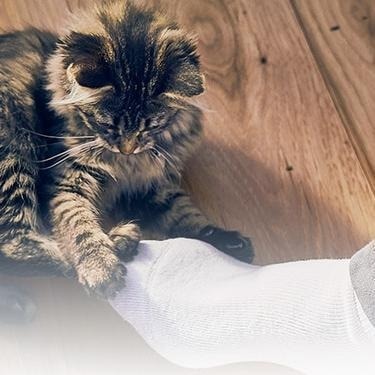
Discover which cat toys games your feline friend might like, and how they are great sources of exercise. Explore our library of articles to learn more.
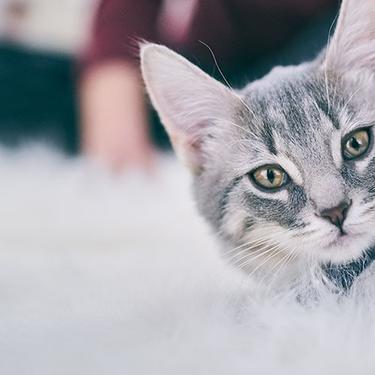
Discover the benefits of Hill's line of kitten foods and how they provide complete and balance nutrition for growing kittens.
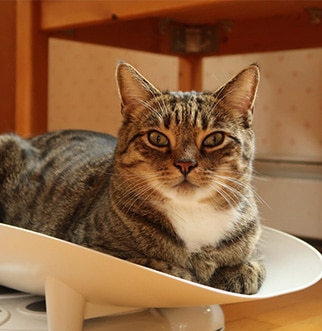
How do you get a cat to lose weight? Learn all about cat foods for weight loss, including how to choose weight control cat food and exercise tips.
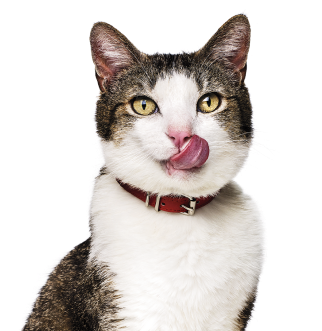
Put your cat on a diet without them knowing
Our low calorie formula helps you control your cat's weight. It's packed with high-quality protein for building lean muscles, and made with purposeful ingredients for a flavorful, nutritious meal. Clinically proven antioxidants, Vitamin C+E, help promote a healthy immune system.
Put your cat on a diet without them knowing
Our low calorie formula helps you control your cat's weight. It's packed with high-quality protein for building lean muscles, and made with purposeful ingredients for a flavorful, nutritious meal. Clinically proven antioxidants, Vitamin C+E, help promote a healthy immune system.


